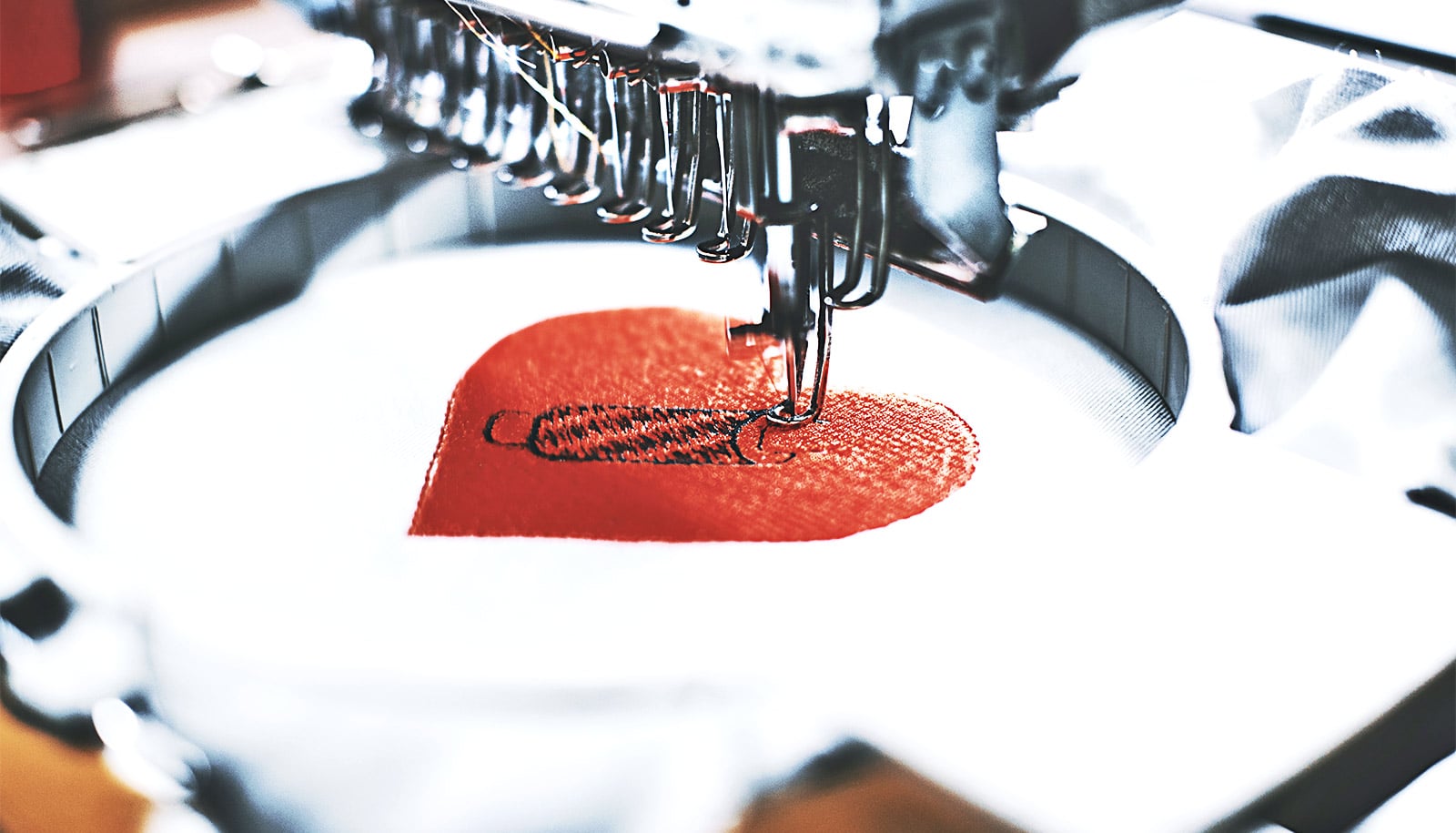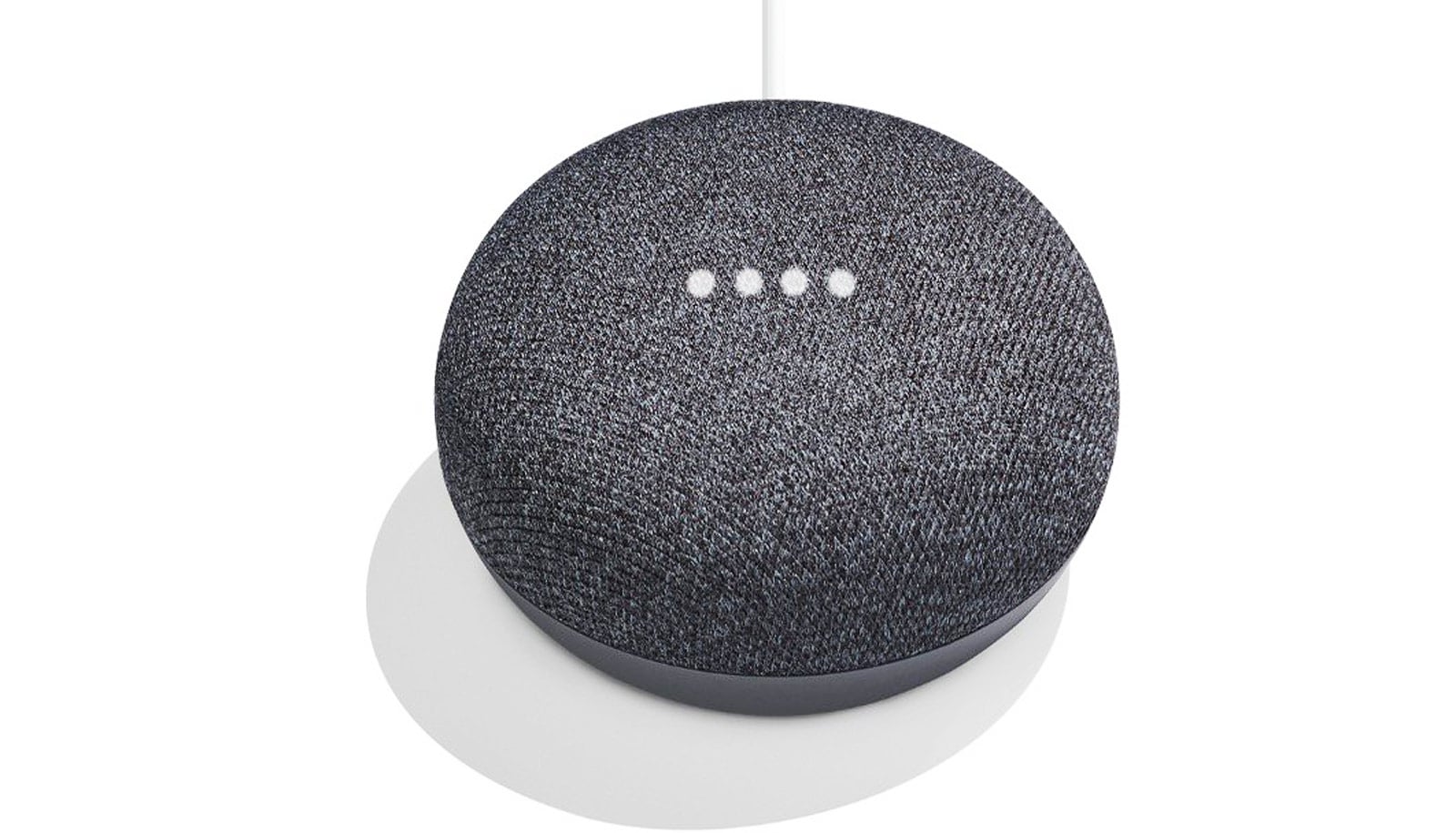A new “off-the-shelf” artificial heart patch can deliver cardiac cell-derived healing factors directly to the site of heart attack injury, researchers say.
In a rat model of heart attack, the freezable, cell-free patch improved recovery. Researchers found similar effects in a pilot study involving a pig model of heart attack.
Researchers are studying cardiac patches as a promising future option for delivering cell therapy directly to the site of heart attack injury.
However, current cardiac patches are fragile, costly, time-consuming to prepare, and, since they use live cellular material, increase risks of tumor formation and arrhythmia.
“We have developed an artificial cardiac patch that can potentially solve the problems associated with using live cells, yet still deliver effective cell therapy to the site of injury,” says corresponding author Ke Cheng, professor in regenerative medicine at North Carolina State University’s College of Veterinary Medicine and professor in the university’s joint biomedical engineering department with the University of North Carolina.
To build the patch, Cheng and colleagues first created a scaffolding matrix from decellularized pig cardiac tissue.
They then embedded synthetic cardiac stromal cells—made of a biodegradable polymer containing cardiac stromal cell-derived repair factors—into the matrix. The resulting patch contained all of the therapeutics the cells secreted, without live cells that could trigger a patient’s immune response.
In a rat model of heart attack, treatment with the artificial cardiac patch resulted in ~50% improvement of cardiac function over a three-week period compared to non-treatment, as well as a ~30% reduction in scarring at the injury site.
The researchers also conducted a seven-day pilot study of heart attack in a pig model, and saw ~30% reduction in scarring in some regions of the pig hearts, as well as stabilized heart function, compared to non-treatment.
Additional experiments demonstrated that artificial patches the researchers had frozen had equal potency when compared to freshly-created patches.
“The patch can be frozen and safely stored for at least 30 days, and since there are no live cells involved, it will not trigger a patient’s immune system to reject it,” Cheng says. “It is a first step toward a truly off-the-shelf solution to cardiac patch therapy.”
The National Institutes of Health and the American Heart Association funded the study, which appears in Science Translational Medicine.
Ke Huang, formerly a graduate student at NC State and currently a postdoctoral scientist at Duke University, is the paper’s first author.
Source: NC State



